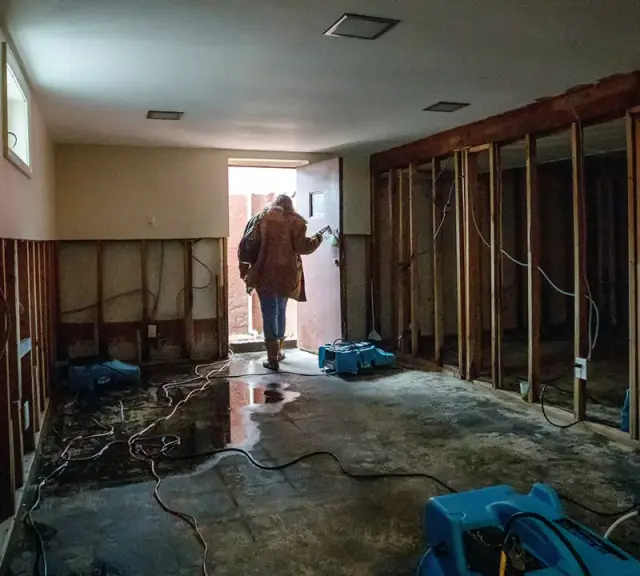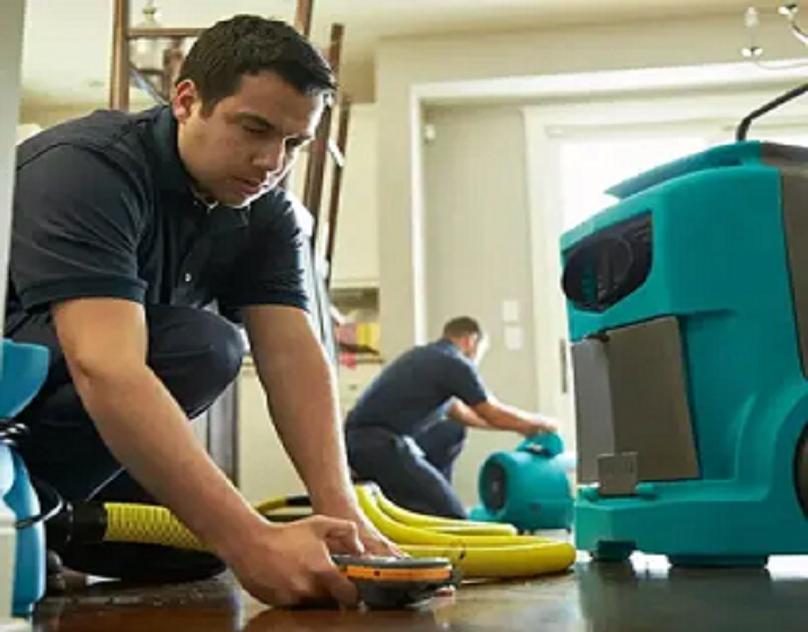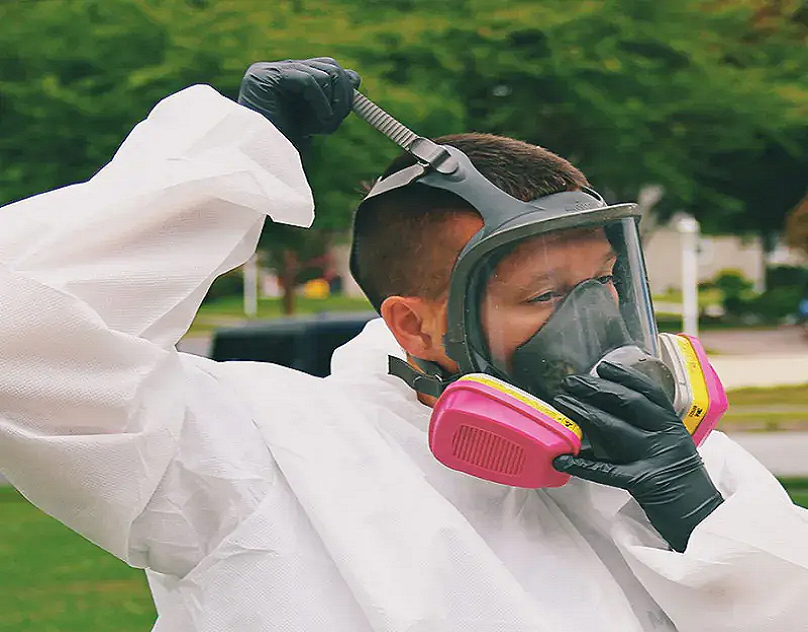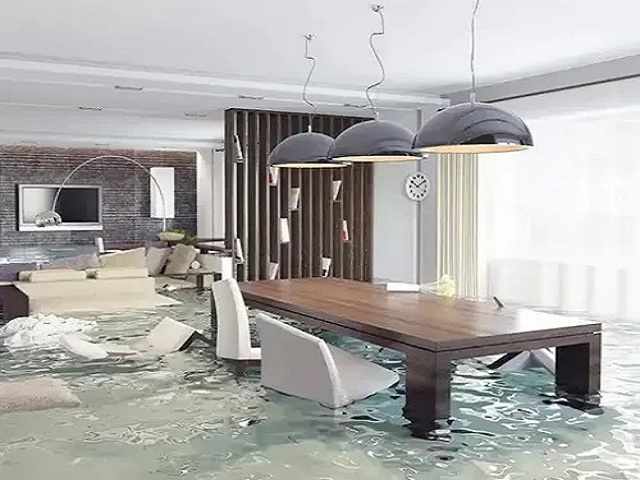
A house flood Niagara Falls can turn your life upside down in a matter of minutes. Whether caused by heavy rain, a burst pipe, or a sewage backup, flooding can result in structural damage, mold growth, and potential health risks. The first step in addressing a flooded house is ensuring your safety and that of your family. Before entering a flooded home, turn off the electricity at the main breaker if it’s safe to do so. Water and electricity are a dangerous mix, and it’s better to be cautious.
Wear protective gear such as rubber boots, gloves, and a face mask to avoid contact with contaminated water, especially if the source involves sewage or standing water that’s been sitting for hours. Once safety is ensured, it’s time to start the drying process—fast.
Remove Standing Water Immediately
Speed is crucial in minimizing damage. The longer water sits in your home, the more extensive the damage becomes. Use a wet/dry vacuum, water pump, or buckets to remove standing water. For severe flooding, you may need professional-grade equipment to get the job done efficiently.
Ideal Response, a trusted leader in flood restoration services, recommends beginning water extraction within the first 24 hours of the incident. Their expert team is equipped with high-capacity pumps and vacuums that remove large volumes of water quickly, setting the stage for safe and effective drying.
Clear Out Water-Soaked Belongings
Once the standing water is removed, remove all water-damaged furniture, rugs, mattresses, and other porous materials. These items trap moisture and can develop mold rapidly. Place them in a dry, well-ventilated area—or better yet, outside—so you can assess whether they can be salvaged or need to be discarded.
Carpets and padding should be removed because they usually cannot be dried effectively once fully soaked. Also, take out baseboards and drill small holes near the floor to release water trapped behind walls.
Dry and Dehumidify the Area Thoroughly
The next crucial step in dealing with a house flood Vaughen is drying the structure. Open all windows and doors to promote airflow. Use multiple fans to circulate air and speed up the drying process. Position fans so that air moves across the walls and floors, not just at a single point.
Use a dehumidifier to pull moisture out of the air. This is essential in preventing mold, which can begin growing within 24 to 48 hours of water exposure. Industrial-grade dehumidifiers are more effective than household ones, especially for larger areas or severe flooding. If you don’t have access to such equipment, companies like Ideal Response can provide both the machinery and professional technicians to ensure your home is dried quickly and correctly.
Focus on Hidden Moisture
Water can seep into areas not visible to the eye, such as under floorboards, inside walls, and between insulation layers. Use moisture meters to identify damp spots and ensure they are completely dried. Ignoring hidden moisture can lead to rot, structural weakness, and severe mold infestations later on.
If you suspect water damage in these hidden spaces, it’s a good idea to cut open walls or remove sections of flooring to inspect them. Professional restoration companies have tools like thermal imaging cameras to locate moisture without invasive damage.
Clean and Sanitize All Surfaces
Floodwater often carries contaminants, especially if it’s from rivers, sewers, or storm drains. After drying your home, thoroughly clean all surfaces using disinfectants and antimicrobial solutions. Walls, floors, counters, and any non-porous surfaces should be wiped down to prevent bacteria and mold growth.
Don’t overlook HVAC systems. Ductwork can hold moisture and mold spores, which can spread throughout your home if not addressed. Consider having your air system professionally inspected and cleaned if your home was exposed to floodwaters.
Monitor for Mold and Odors
Even after your house appears dry, continue to monitor for musty odors or visible mold. Mold can thrive in hidden areas and may not become obvious for days or weeks. If you notice signs, act fast. Mold remediation is best handled by professionals to ensure complete and safe removal.
Ideal Response emphasizes that post-flood inspections and follow-ups are just as important as the initial drying. Their experienced team not only dries out your property but also monitors conditions to ensure your home remains safe and habitable.
Document Everything for Insurance
During the drying process, take photos and videos of the damage and your progress. This documentation will be essential when filing claims with your insurance provider. Keep receipts for any equipment rentals, repairs, or professional services you use.
Conclusion: Speed and Expertise Are Essential
Drying out a flooded house quickly and safely requires a combination of rapid action, the right tools, and sometimes expert help. Delays can lead to irreversible damage and health hazards. If you’re overwhelmed or dealing with a large-scale flood, consider hiring a professional team like Ideal Response. With their comprehensive knowledge of water damage restoration, industrial-grade equipment, and commitment to safety, they can return your home to its original state faster than going it alone.




















Write a comment ...